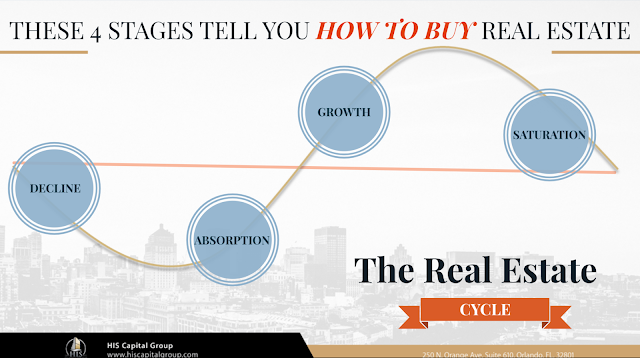Commercial Real Estate & Inflation.
American cost of living is on the rise and the Fed continues unconcerned by inflation, but what is the truth about inflation?.

The producer price index was out this week and it indicates that industry pays more for its fuel and raw materials charging more for goods as they leave factories. That is inflation!. The Fed continues to hold interest rates barely above zero and even as QE slows down the printing presses are still hot and active and the Fed doesn't want to admit to the side effects and long term impact that all the money creation will have. U.S. food price inflation is expected to rise by 2.5 percent to 3.5 percent in 2014 and retail prices for certain meats, already at record highs, are expected to keep rising. For the year, USDA forecasts beef and veal prices to increase by 5.5 percent to 6.5 percent and pork prices to rise by 3 percent to 4 percent.Now,that is inflation!.
So, how do you protect yourself and hedge against the upcoming inflationary market?.
History can prove that commercial real estate is a great hedge against inflation. Throughout many years, commercial real estate returns beat inflation regardless of its correlation as you can see in figure 5. Source: Bureau of Labor Statistics (via Bloomber) and NCREIF.

Surge in property values during the 70s and 80s did more than keep pace with the surge in inflation during the Carter and Reagan administrations. How does this happen?
1) Leases usually contain escalation clauses tied to CPI or specific dollar amount based on a percentage or absolute dollar increase.
2) Rising inflation usually brings rising construction costs which reflect in replacement costs of commercial real estate properties thus driving up their appraised values.
3) Assignment of expenses can further provide inflation protection for commercial real estate. Triple net leases pass all expenses through to tenants, commonly used in industrial real estate thus protecting the owners from ever increasing construction costs, wages and other carrying costs associated with commercial real estate.
Although the pressure of QE 3 is not high enough yet to create a hyperinflationary situation, if the stock market slides more than 20% in the next months and the economy has a negative quarter in terms of GDP growth as they did last quarter, the FED will come again with the rescue plan and its money printing experiment so we hope you are ready. If you would like to learn how to diversify your real estate investment portfolio using our balanced investment approach, please visit our website at hiscapitalgroup.com.
Luis Daniel Roque
Posted June 25th, 2014



Comments
Post a Comment